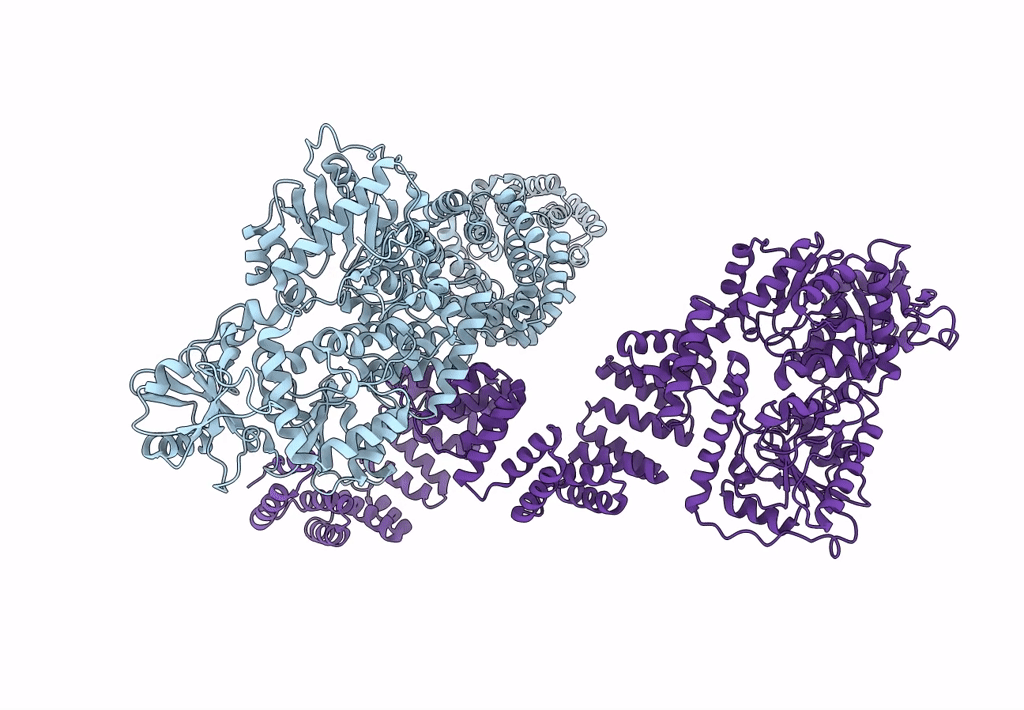
Deposition Date
2022-07-05
Release Date
2023-07-12
Last Version Date
2024-01-24
Method Details:
Experimental Method:
Resolution:
3.82 Å
Aggregation State:
PARTICLE
Reconstruction Method:
SINGLE PARTICLE


